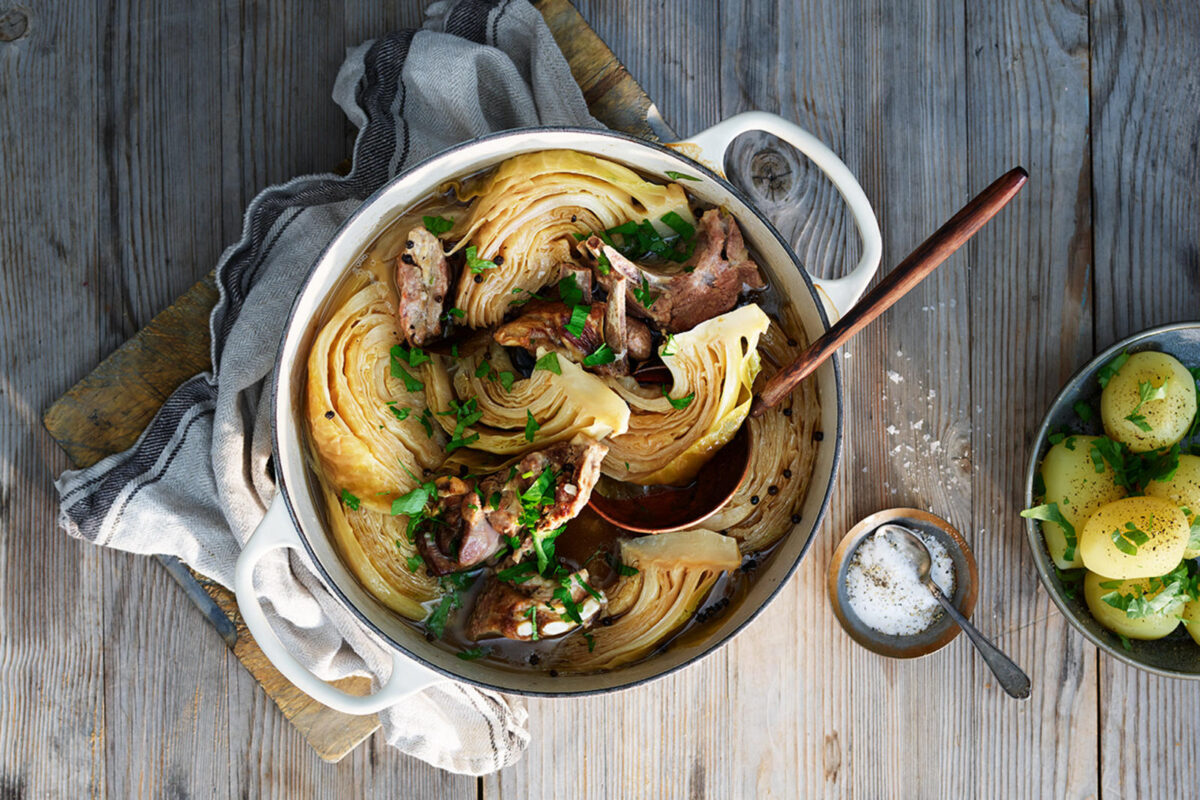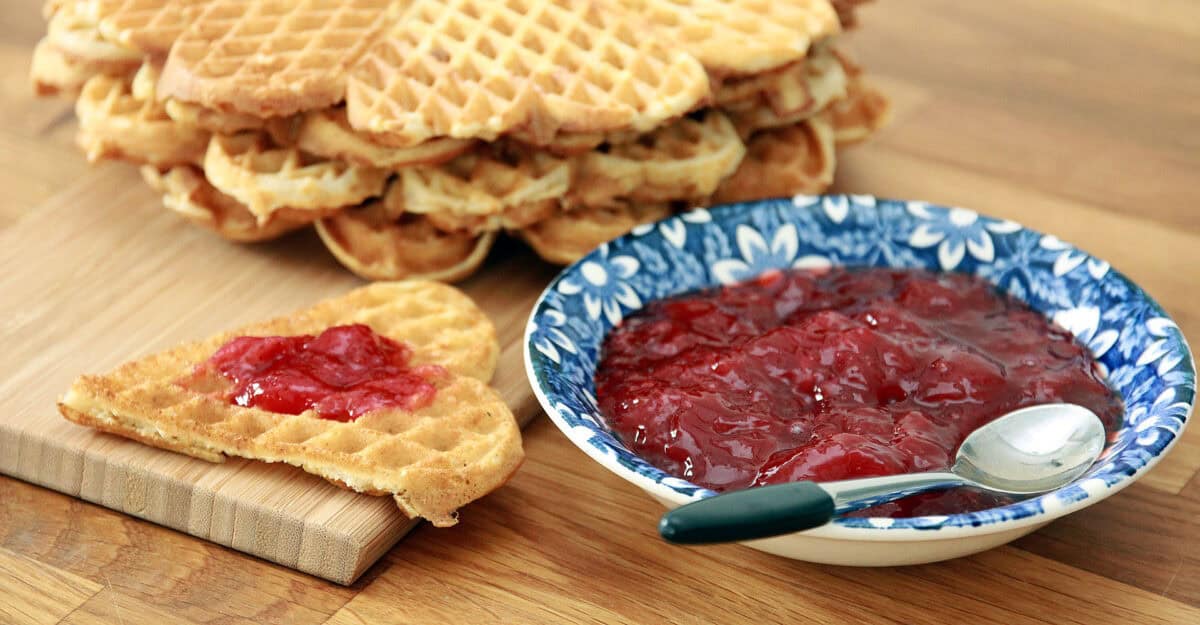An unexpected culinary love affair has blossomed between the hearty stews of Norway and the spicy zing of Mexican tacos. Yes, you heard it right. The chilly Nordic lands, renowned for their traditional smorgasbord and compelling coffees, have warmly embraced the exotic essence of vibrant tacos. Norwegian Fridays, previously identified with quick post-work beers, have metamorphosed into lively taco fests. Here’s a look into the fascinating journey of tacos in Norway and how they have been received, redefined, repackaged, and cherished.
Nordic Nosh: Tracing the Taco Takeover in Norway
Whether it’s a bustling city centre restaurant in Oslo or a cozy countryside camping spot in Narvik, the taco fever rages in every Norwegian corner. The fascination has reached such proportions that the word ‘fredagstaco’ or ‘Friday taco’ is now a popular trend. Exploring this phenomenon leads to insightful narratives around changing food culture, international influences, and a fascinating reworking of the Mexican favourite in a uniquely Norwegian style.
From Tex-Mex to the Fjords: The Norwegian Fiesta Night
The transformation of a quiet Norwegian weeknight into a refreshing Friday fiesta is a culinary marvel worth tracing. In major cities like Bergen, renowned for their lofty fjords and serene landscape, the striking infusion of Tex-Mex flavours brings unexpected delight. The local population and tourists alike plunge into an evening of lively discussions, hearty laughter, and, of course, heaps of yummy tacos.
Taco Twists: How Norway Redefines Their Friday Feasts
Breaking Free of the Taco Shell
Gone are the days when tacos were tightly confined within the crispy shells. In an innovative Norwegian twist, the soft tortilla has claimed its rightful place and how! Norwegian tacos are now typically filled with minced meat, cucumber, sweet corn, tomatoes, sour cream, salsa and a melange of spices.
Fiesta à la Norge: An Exploration of Norway’s Taco Love
A Cultural Shift
An amalgamation of distinct traditions, Norway’s taco love has sparked interesting social patterns. It’s a ritualistic gathering now, where families and friends unite over their shared love for ‘fredagstaco.’ This love for socializing over tacos ingrained so deeply, has undoubtedly framed a significant component of modern Norwegian culture.
Mexican Morsels through a Norwegian Lens: Celebrating Fridays with a Twist
Gloriously garnished with Norwegian favourites such as cheese, jalapenos, and their own version of guacamole; the merger of Mexican taco tradition with Nordic ingredients represents a match sealed in culinary heaven. It’s these delightful hits and misses, the daring experiments, and above all, the shared experiences that make the Norwegian taco night an occasion to cherish.
In conclusion, the Norwegian passion for tacos exemplifies the country’s openness to global culinary influences. What started as a part of the worldwide Mexican food trend quickly turned into a proud, out-and-out Norwegian tradition that integrates an exotic flavour into their unique food culture. So, the next time you’re in Norway and are invited to a ‘fredagstaco’ don’t just anticipate a Mexican dish; instead, embrace it as a vibrant representation of Norwegian gastronomy.




